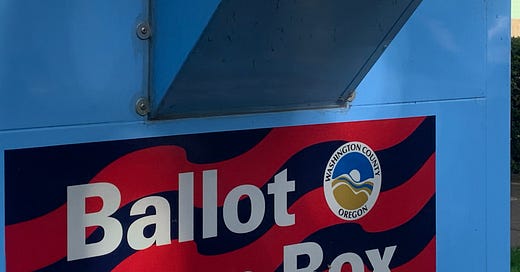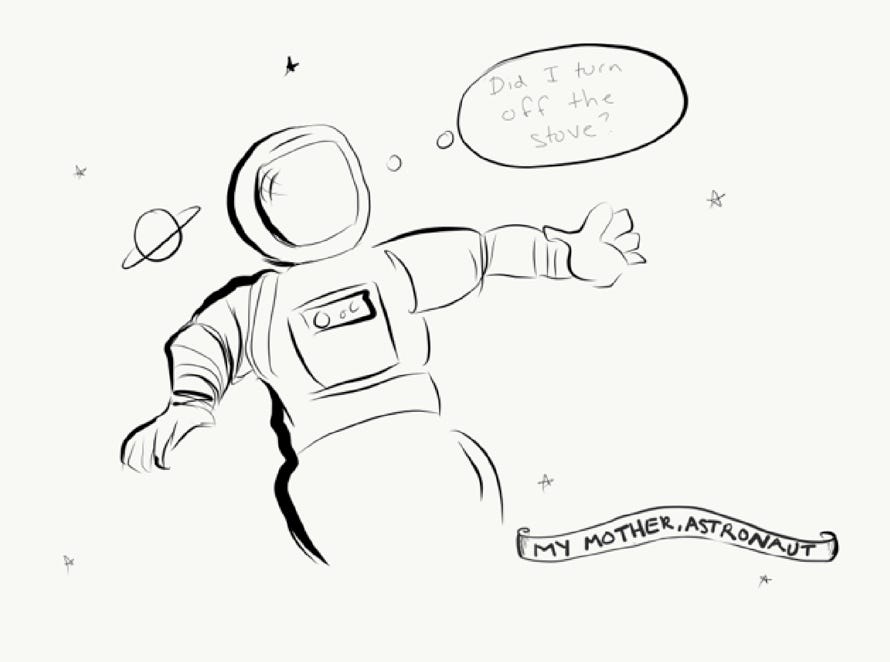Addressing school violence, or anything else, requires solving political dysfunction
Oregon's three-candidate governor's race could be a beacon of hope at a time of increased polarization and violence
Earlier this week, Gary Conkling and I posted companion pieces on possible legislative responses to the Uvalde, Texas, school shooting. Mine was on gun control, Gary’s on behavioral health. Gary and I don’t disagree on policy. We both favor an all-of-the-above approach that addresses, gun access, behavioral intervention for troubled students and enhanced school security.
Polls show a majority of Americans agree with us. And that leads to a simple conclusion: The core problem that plagues schools isn’t any of the things above. It’s the same thing that keeps us from addressing many of our problems at the city, state and federal level: political dysfunction.
Oregon might be in a position to show the nation one possible solution to this problem – more choices in general elections. We have three legitimate candidates for governor, all with both legislative experience and adequate financial support. They represent three different spectrums on the political scale: left, middle and right. And, according to the first publicly released poll, they have somewhat similar voter support at the beginning of the campaign. The Republican, Christine Drazan, actually has a small lead – something rarely seen, even in a poll, in Oregon. Independent Betsy Johnson is in third place, not surprisingly since she lacks party infrastructure and probably has the lower name recognition than Drazan and Democrat Tina Kotek.
But, make no mistake Johnson is what makes this race different from most gubernatorial elections, in Oregon or anywhere else. With only two candidates, someone is left out. Most often, the choices are well left and right of center. Occasionally, one party offers a moderate choice at the expense of either those farther to the left or farther right.
If there were three choices in every election, including a new moderate party, the parties would be forced to work together. If no one had a clear majority, they would have no choice but to cooperate if they wanted to accomplish anything. We already see Johnson moving slightly left on guns in the wake of Uvalde. On this issue, she always has been and probably always will be closer to Republican positions than Democratic preferences. But she told Willamette Week that she recognizes she’s running a campaign based on compromise, she has to practice what she preaches. That would be the biggest advantage of a three-party season: more incentive to compromise.
This week’s cartoon:
To read:
· Mark Hester outlines three ways to reduce gun access that might be politically achievable. Read more here.
· Gary Conkling suggests a big idea for behavioral health that could help reduce school shootings. Read more here.
· Jesse Burke of the Old Town Community Association suggests ways to improve safety, cleanliness and accessibility in downtown Portland. Read more here.
To look forward to:
More on approaches to reducing gun violence, including suggestions from Moms Demand Action.
The latest twist and turns in the path to a new I-5 bridge.






Mark, Several points:
1. The Nelson polling firm is reliably Republican so I would not put much credence in Drazan leading Kotek at this point based upon this poll.
2. Probably none of them have very much name recognition, but my guess is that Johnson has every bit as much as Drazan who has been in the legislature a very brief time and did not get a lot of publicity while she was there. Betsy has been on the scene much longer and gotten a lot of attention over the years. Regardless, until this election is over, none of them have particularly high name recognition.
3. Only the Oregonian considers Johnson a centrist. She is a solid traditional pro-choice Republican who ran as a Democrat. If by centrist you mean not a Trumper, then I would agree, but a lot of Republicans in Oregon are still in the traditional camp. They are the ones funding Betsy. She shot herself in the foot over the gun issue and is likely at her high water mark in the polling. She pissed off all the folks who want to do something about guns with her remarks and her attempt to go with a lukewarm compromise made no one happy and earned the mistrust of the conservatives.
4. Three parties does not necessarily lead to compromise. It usually leads to gridlock. Coalitions lead to compromise and in a non-parliamentary system like we have in the U.S. the coalitions are formed before the elections in the parties themselves. A strong 3 party system often leads to instability not progress. Neither the U.S., nor any state, has a parliamentary system which is necessary to have a long term multiparty government. In the American form of government, multiple party government will not last, it will always morph back to two parties. We have been doing this for over 200 years and that part of our party structure is pretty locked in. If you really want to give the center more impact then you need to support the Alaska/Washington State model of the first 4 go to the general election or the ranked choice voting of Maine.